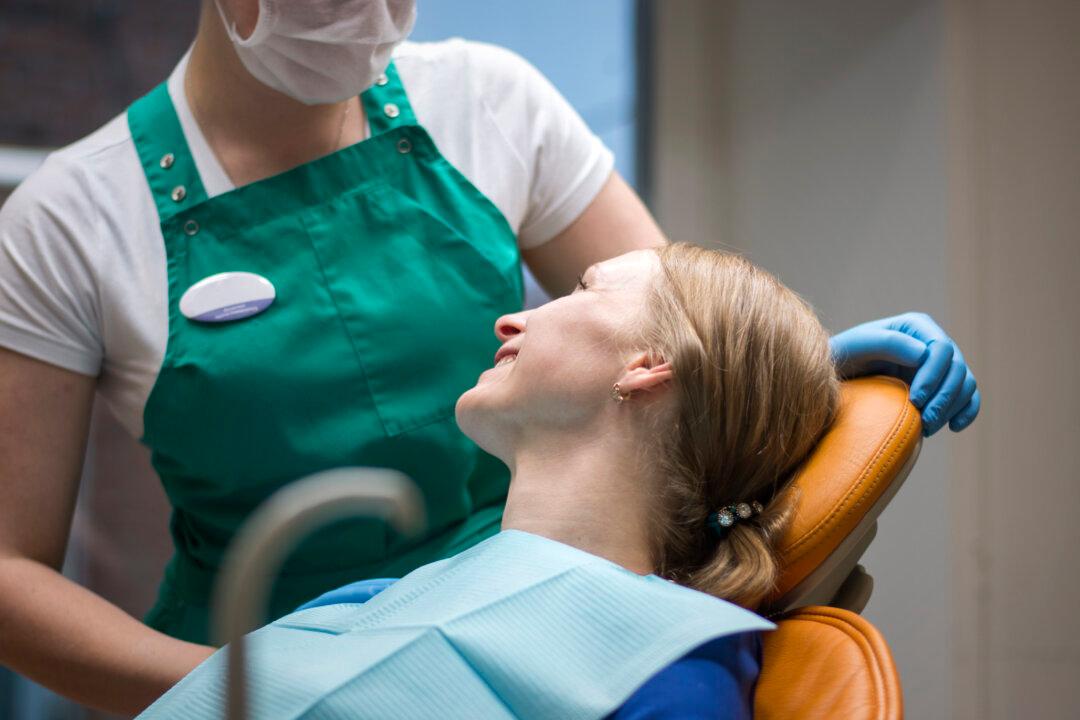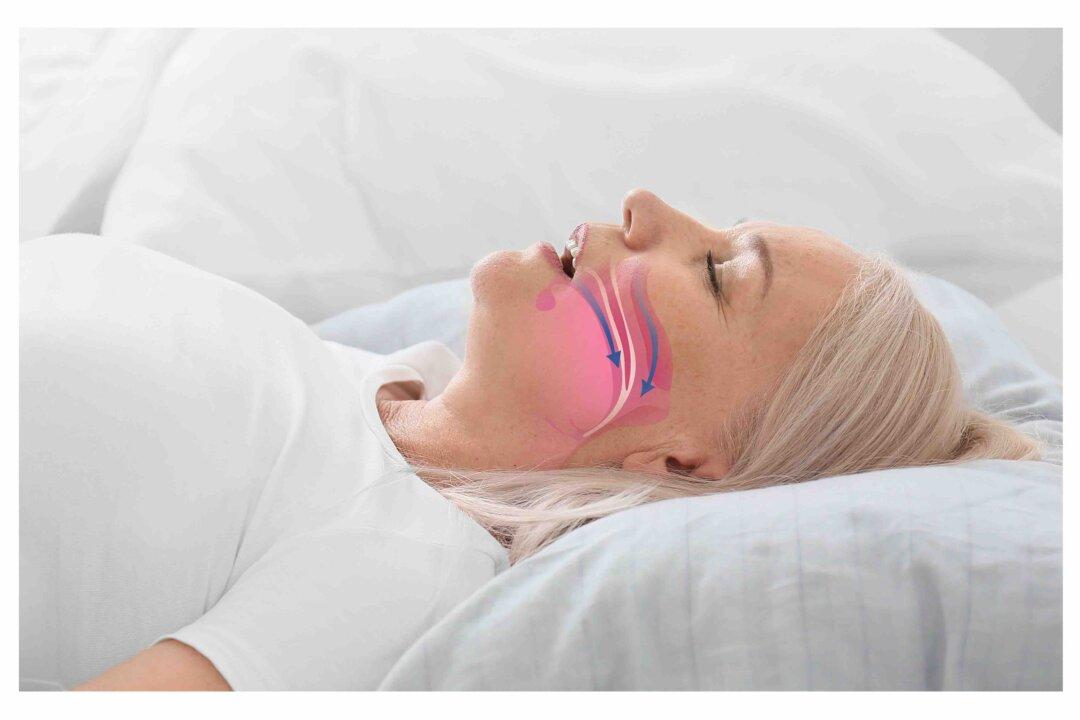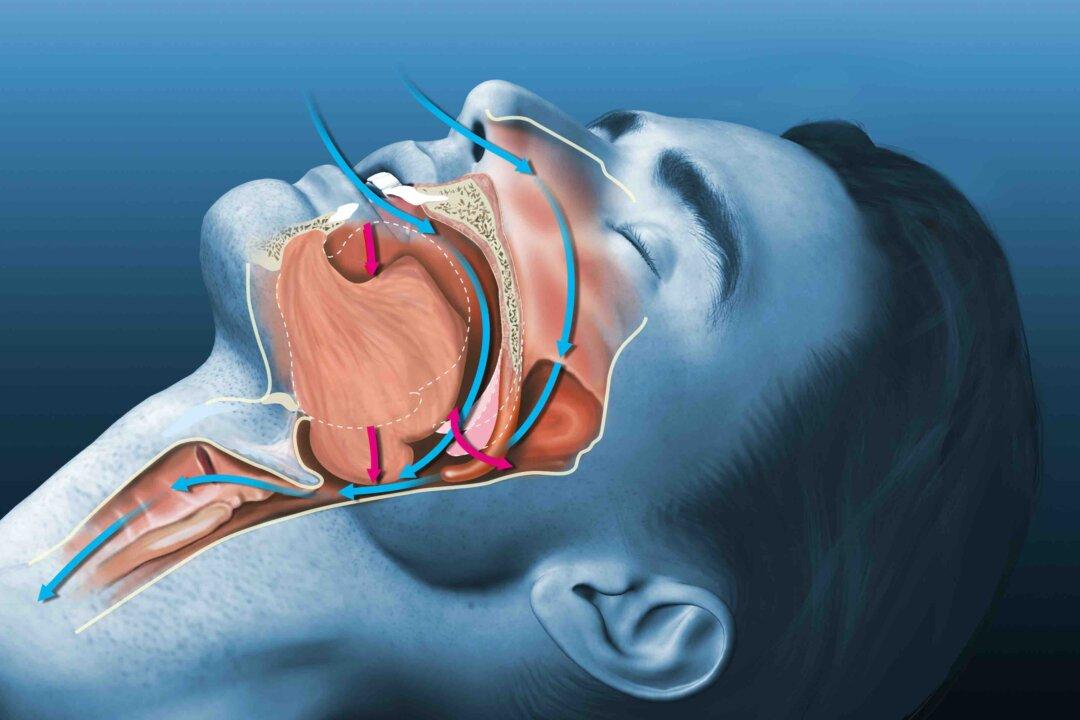Dental emergencies cover a wide spectrum of events. Some situations are more urgent than others, and it doesn’t help that it is difficult to see inside the mouth to localize the site of any problem.
In an out-of-hours situation, and if one does not have one’s own dentist, particularly if there is pain and increasing swelling, there may be no alternative but to visit a hospital emergency room. Swelling and infection on the floor of the mouth can be a very dangerous event and can even be life threatening.





